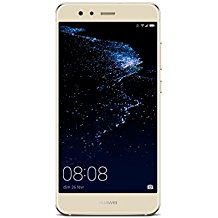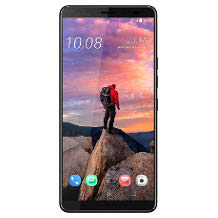Mobile phone purchasing advice: how to choose the right product
- What You Need to Know
- Smartphones differ greatly in terms of display size. The performance of the built-in hardware determines the number of applications that can be used simultaneously.
- Particular attention is paid to the built-in camera, with which high-quality snapshots are sometimes possible.
- The market is dominated by two operating systems: iOS, which runs exclusively on Apple’s iPhones, and Android, which is used by several manufacturers.
Smartphones have become a matter of course in everyday life
Smartphones are digital all-rounders. People use them at work, privately in their own homes, in addition to or also as a replacement for the classic landline phone, and thanks to internet functionality as well as GPS even on the move: for navigation, listening to music, playing videos, following the news, playing games to pass the time and for communicating with others.
The classic phone call is still important, while the number of SMS sent is gradually declining.

On the other hand, internet messaging services like WhatsApp are becoming increasingly popular. This is mainly due to the fact that sending messages is free of charge when using an internet flat rate and that pictures, videos and internet links can be sent in addition to pure text messages.
Smartphones are omnipresent in everyday life
A smartphone, mainly called a mobile phone in German-speaking countries, is a mobile phone equipped with numerous computer-like functions and interfaces. It can be distinguished from classic mobile phones, which are mainly used for making phone calls and sending text messages.
Forerunners of smartphones already existed at the end of the 1990s, as personal digital assistants (PDAs) or organisers. With these devices, users could digitally enter their appointments in a calendar and manage contact data of business partners and friends. The first smartphone as we know it today was launched in 2007 by the US company Apple: the iPhone.
How many people in Germany use smartphones?
Today, the “smart phones” are ubiquitous. According to a 2019 report by the online portal marktforschung.de, which is based on figures from the digital association Bitkom, eight out of ten people aged 14 and over in Germany own a smartphone. In terms of numbers, this corresponds to around 57 million users.
Cashless payment thanks to smartphone
Relatively new in Germany and popular among younger users in particular is the option of making cashless and contactless payments at the supermarket with the help of a smartphone. The wallet can then stay at home. To do this, users have to store their card data on their smartphone. Furthermore, the bank must support the procedure and the smartphone must have an NFC antenna.
Designs and models
In contrast to classic push-button phones, smartphones do not differ too much in terms of their design. While there used to be various forms of mobile phones or even models that could be opened, most smartphones are now designed as flat bars with rounded corners, a low profile and a large display on the front.
Buttons, on the other hand, are no longer as numerous: many models are limited to an on/off switch and a volume rocker.
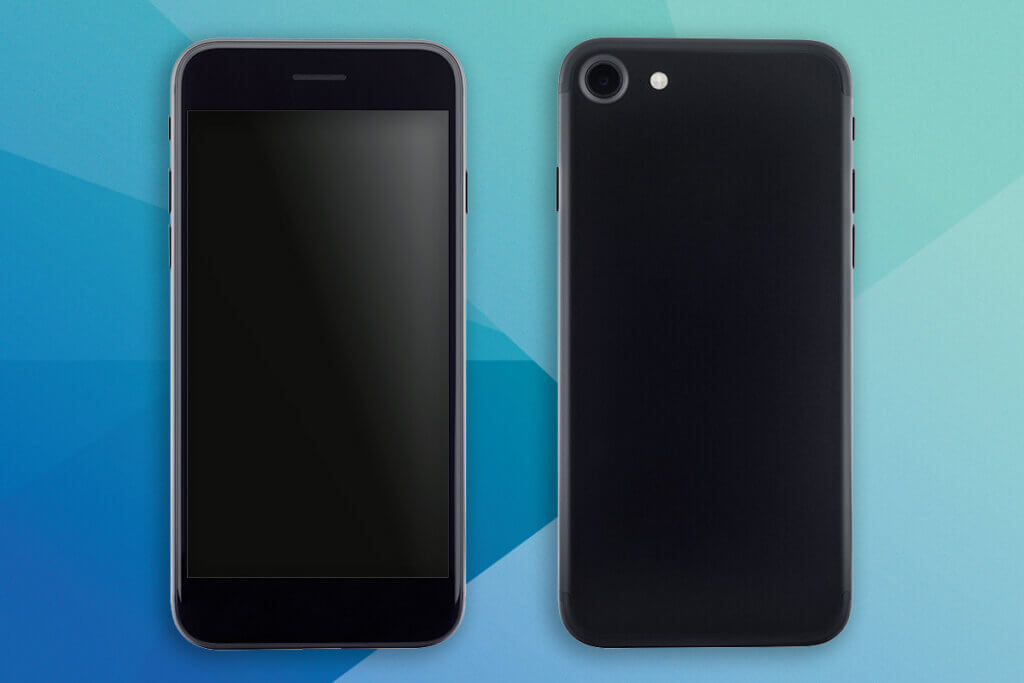
The operating functions “Back” and “Context menu” are usually designed as touch control surfaces. Even a so-called home button is no longer found on every device. Just like all text entries, the user performs the operating steps via finger gestures on the touchscreen.
In addition to these standard models, some manufacturers supply devices for the special needs of individual user groups. A few innovative models have a foldable display, which provides special application possibilities and a new design approach. Other models are geared to the needs of users who put a lot of strain on their phones in outdoor use or when used on construction sites. In addition, some providers have adapted special devices to the needs of senior citizens.
Outdoor smartphone
Outdoor smartphones are particularly robust designs that are, for example, waterproof, highly shock-resistant and whose displays are exceptionally scratch-resistant. These models are just as popular with outdoor enthusiasts who spend a lot of time hiking off the beaten track as they are, for example, with employees in the construction industry, whose day-to-day work is sometimes rough, can get wet or the phone sometimes ends up in the mud.

With these phones, the focus is often on stability rather than design and the most compact construction possible, which means that outdoor smartphones often have room for a larger battery. The extended standby time is particularly useful on hikes, where there is often no power outlet available for recharging for a long time.
Charging on the move with a power bank
As with a “normal” smartphone, you can use a powerbank to supply the outdoor model with power while on the move. When choosing a powerbank, you are not limited to one manufacturer. However, you should first pay attention to the amount of energy, specified in milliampere hours (mAh), so that you can find out whether the powerbank can charge your smartphone one or more times after it has been powered itself at a socket. 5,000 mAh is enough to fully charge most models at least once. Secondly, it is important that you can connect a cable to the powerbank that fits into the charging socket of your smartphone.
Senior smartphone
Older seniors often find the switch from a classic mobile phone to a smartphone a nuisance. Since they are used to operating a push-button phone, typing on the display is anything but intuitive for them. That is why there are some specially adapted smartphone models on the market for this target group.
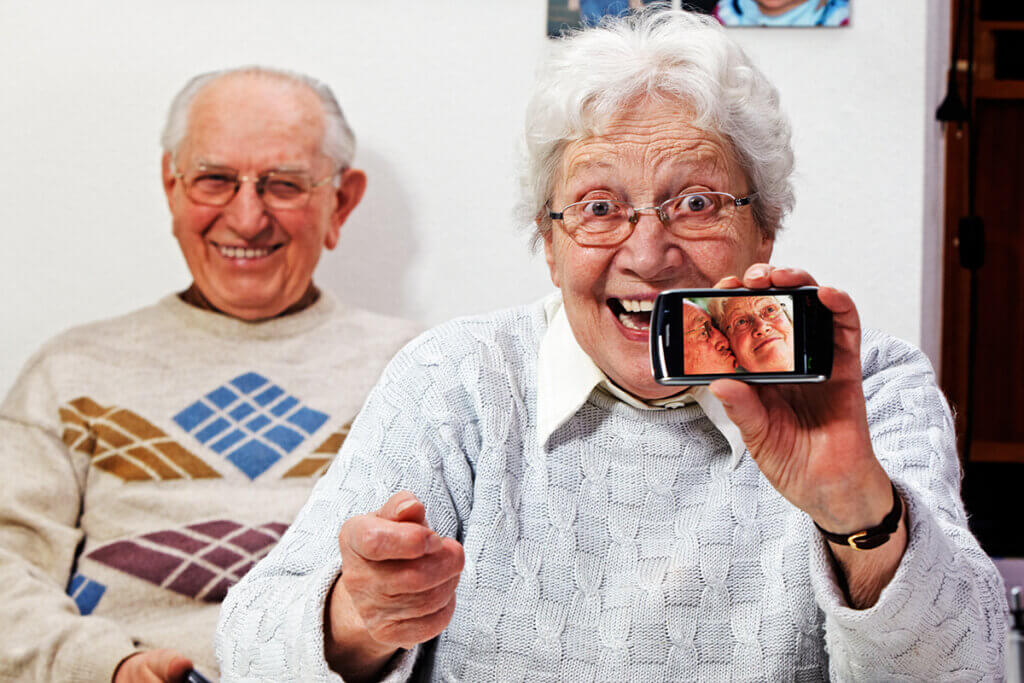
This is often implemented in particularly simple menu navigation, extra-large labels and programmable quick call buttons for relatives or an easily accessible emergency call button. Other versions feature louder voice output or a high degree of compatibility with hearing aids, which makes it enormously easier for users who are particularly hard of hearing to use.
Review: Market leader in push-button mobile phones
In the days of the “old bones”, i.e. mobile phones with keypads, companies like Nokia dominated the mobile phone market. This dominance is long forgotten, because the Finnish company, like many others, slept through the transition to the smartphone market. The sale to Microsoft, which tried to bring smartphones with the Windows Phone operating system to the market via the established name, also failed miserably. The user numbers of the Microsoft operating system remained in the low single-digit percentage range. In the meantime, further development of the Windows operating system has been discontinued.
Current market situation: Android smartphones and iPhones
Two operating systems now dominate the smartphone market:
- Android, an operating system and software platform developed by the Open Handset Alliance founded by Google and used on mobile devices from various manufacturers. These can be smartphones, televisions, media players, tablets or netbooks, for example.
- iOS, an operating system developed by Apple, which is used on iPhones, Apple Watches, iPods and some iPads. Unlike Android, which is licensed to other hardware manufacturers, iOS is used exclusively on Apple devices.
It is particularly relevant for your purchase decision that Android devices are available in all price ranges, some even for around 100 euros. The system is open source and can therefore be adapted by the individual manufacturers, but also by tech-savvy users, to their own needs.
iOS, on the other hand, which runs exclusively on Apple devices, offers little scope for design. On the other hand, it is considered aesthetically very appealing and offers a functional interface by default. The less freedom is also reflected in a smoothly functioning operating system with intuitive operation. However, the manufacturer from Cupertino, California, pays for this exclusivity with a comparatively high purchase price.
Purchase criteria
In addition to the decision for an operating system, a number of other factors play a role in terms of hardware. Depending on the main purpose for which you are buying the device, you should consider a few points when choosing, which we summarise below.
Display
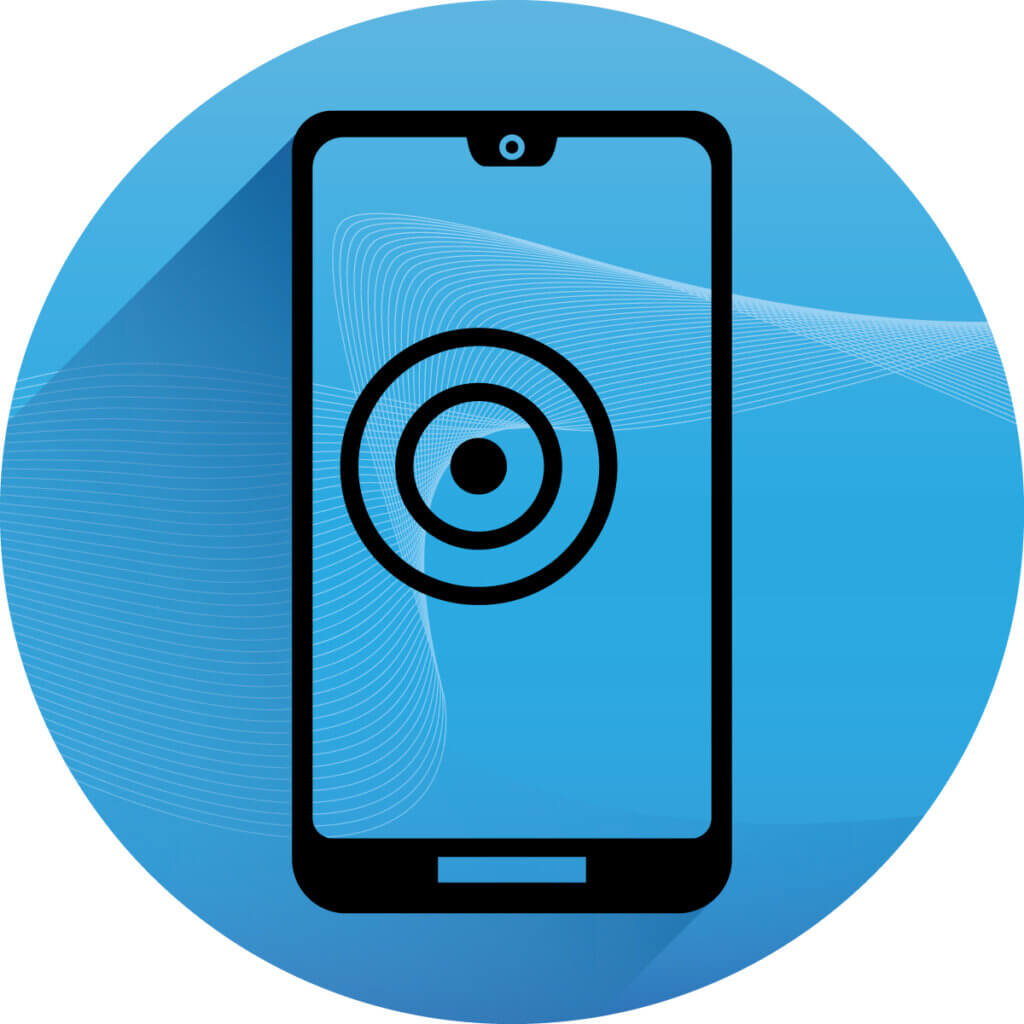
The display is the control centre of every smartphone: you use the touch screen to make all entries, write messages, use apps or look at pictures. Current smartphones have a display diagonal of 5 to 6.5 inches. Compared to the first smartphones, which came onto the market with a screen diagonal of about 3.5 inches, this is an enormous increase. But: the larger the display, the more difficult it is to operate it with one hand. In addition, a larger display consumes more energy, which drains the battery more quickly.
CPU

The processor, also called CPU, is the central processing unit of the device, just like in a computer. The number of processor cores and their speed determine, among other things, whether an app runs smoothly or falters. Most devices have several processor cores, which the manufacturers indicate with the designations dual, quad or octacore. The terms reveal whether two, four or eight cores are installed.
Why does a processor influence the user experience?
The stronger the processor, the smoother the smartphone can be operated. This is particularly noticeable in performance-hungry applications such as games. Also, if you use many apps at the same time or switch between them often, you will enjoy your device more with a fast processor. The same applies to the installed main memory (RAM).
RAM

When it comes to working memory, also known as RAM, the rule is: you can have a little more. If you are running several apps in parallel or have several tabs open in your browser, devices with a comparatively small RAM can become slow. It should not be less than two gigabytes. In the middle class, three or four gigabytes are now often installed, in the upper class even six or eight gigabytes. This size is especially worthwhile if you use a lot of apps.
Internal memory

Music, photos and videos consume the majority of a smartphone’s memory. If you don’t use your smartphone much, 16 gigabytes of internal memory may be enough. It’s better to go for a model with 32 gigabytes right away to avoid storage space problems even with longer use. Frequent users go for models with 64 to 128 gigabytes of storage space.
Expandability with microSD cards

microSD cards are cheap compared to internal memory. Apple customers, for example, pay around 200 euros extra for an iPhone with 256 gigabytes more internal memory. Memory expansion via microSD is not possible with the iPhone. On the other hand, anyone who wants to upgrade an Android smartphone with a microSD slot can buy a memory card of the same size for less than 50 euros.
Expandability through cloud use

Many users now use cloud storage services. They allow all kinds of data to be stored and retrieved, provided there is a connection to the internet. Photos taken can be stored and older files can be retrieved without using the phone’s memory. In many cases, it is an advantage that the data in cloud storage services are protected against loss by security measures. This way you retain access to your data – even if the smartphone is defective, lost or stolen. Cloud storage services work independently of the model.
Camera

While the first built-in smartphone cameras were at best suitable for a snapshot, much has happened in the further development of snappers in recent years. With common resolutions of 8 to 21 megapixels, the cameras in mid-range smartphones now achieve better resolutions than were standard for digital cameras a few years ago. However, the numerical megapixel specification alone is not decisive. Above all, the quality of the lens is decisive.
Battery
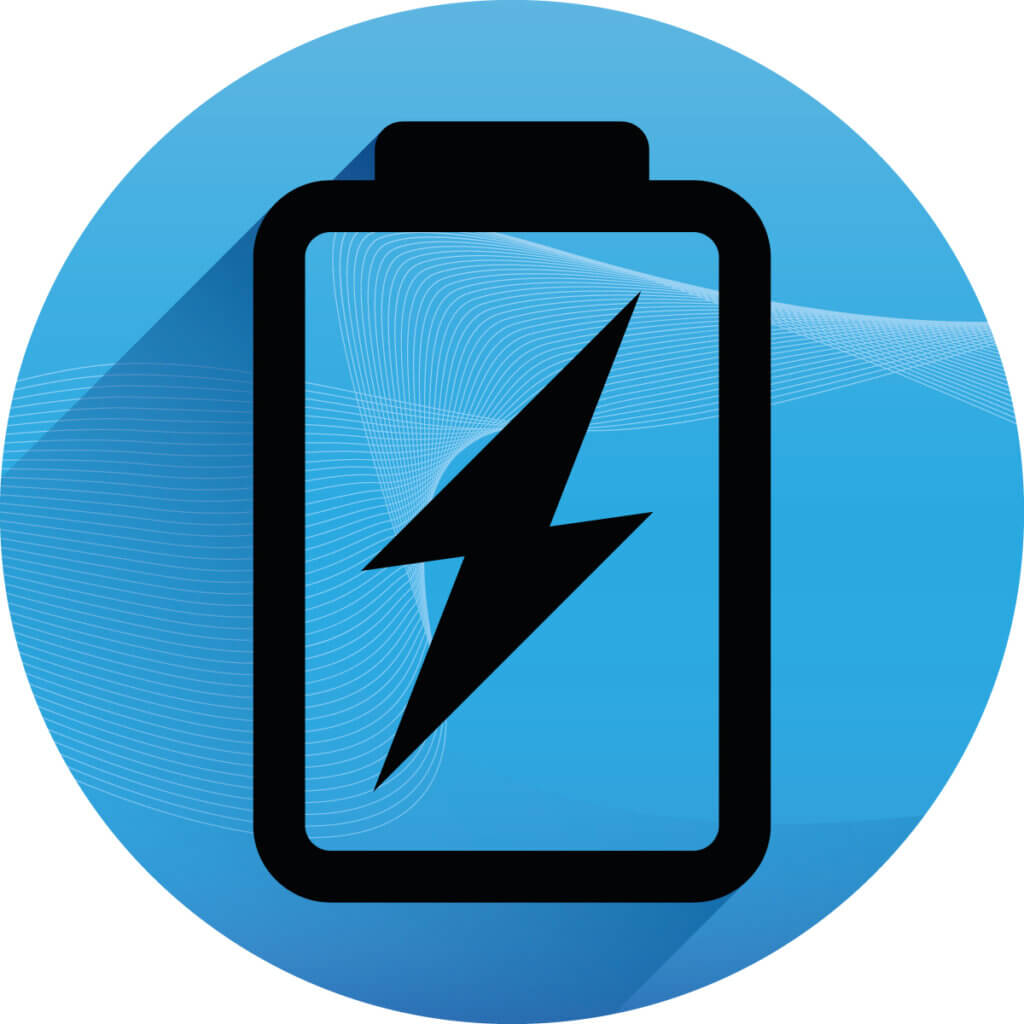
The battery is also a very decisive purchase criterion when choosing a smartphone. Frequent users are often annoyed that they leave the house in the morning and the phone does not last until they return home after work. The size of the display and the performance of the processor have a decisive influence on power consumption. A battery with at least 3,000 milliampere hours (mAh) has become the standard. However, many manufacturers install the batteries in a fixed position, so that they cannot be replaced or can only be replaced with great effort in the event of a loss of power.
After purchase: cleaning and care
Disinfectants, display cleaners and glass cleaners can attack the material. Instead, always clean your smartphone without chemicals and with a microfibre cloth. For stubborn dirt, moisten the cloth with clean water. Cleaning cloths for glasses are also suitable for cleaning the display. For cleaning on the go, you can also rub the display on cotton clothing, such as a T-shirt. Dust from the headphone opening or charging socket is best removed by blowing gently or using a cotton swab.
Accessories can extend the life of the device
Accessories such as a protective film for the display can prevent scratches and cracks. Also, be careful not to keep your smartphone in the same pocket as your keychain. A protective cover that matches the device, for example made of silicone or leather, can prevent a broken display and other damage, for example due to a fall. Also make sure that you do not expose your smartphone to too much moisture, for example in the bathroom. If your device does not have waterproof certification, many manufacturers will refuse to provide a warranty if the corresponding moisture meters inside the device have been activated.

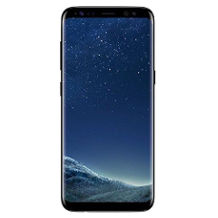
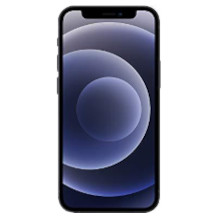
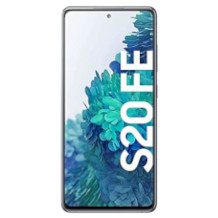
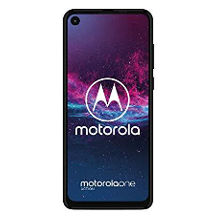
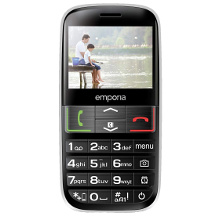
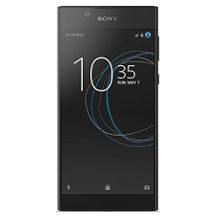
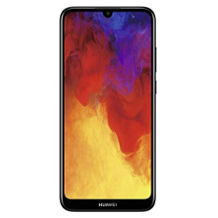

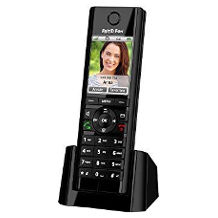











 3,228 reviews
3,228 reviews
